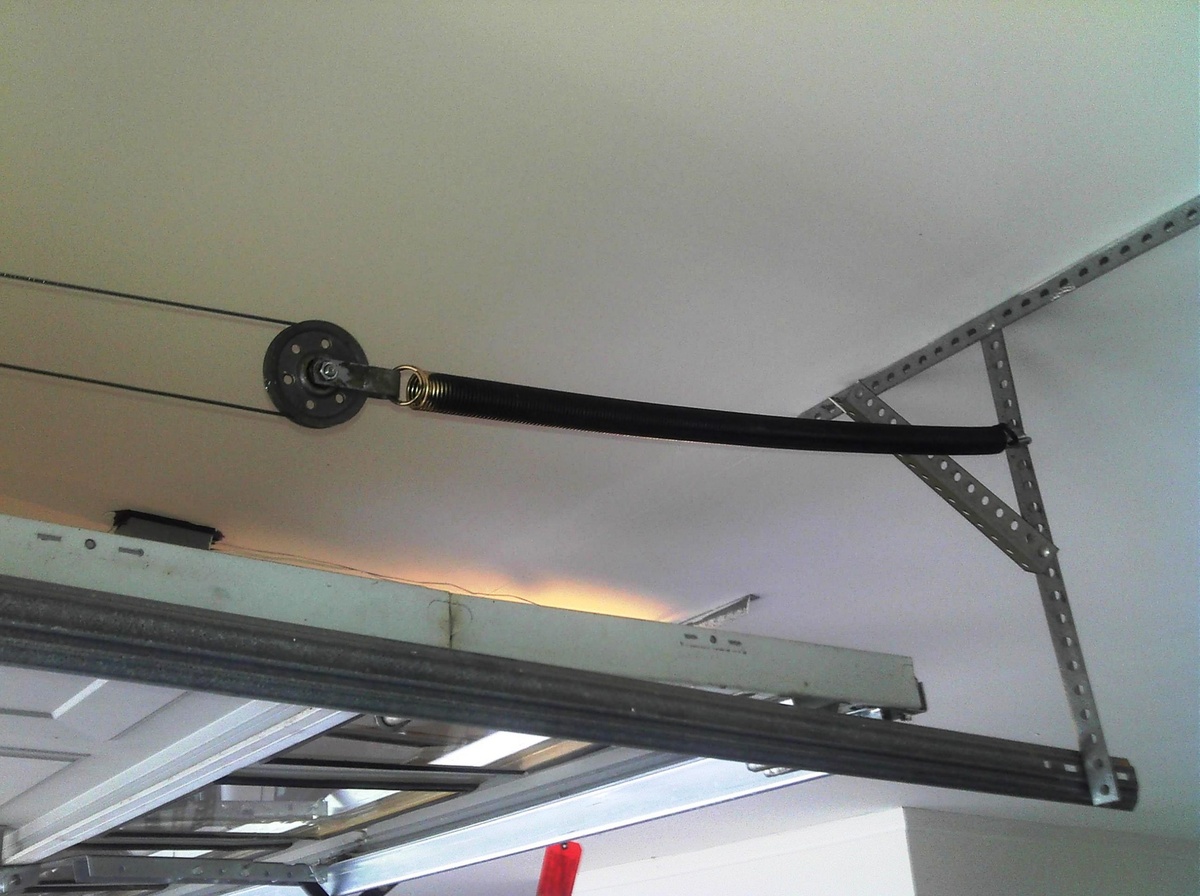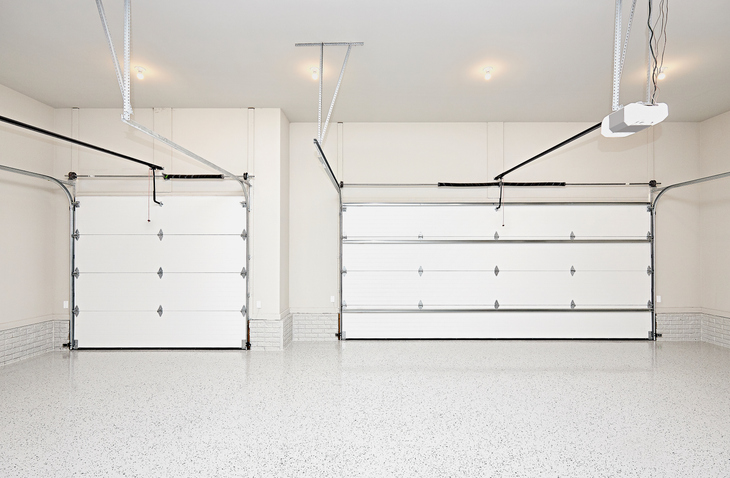As a homeowner, encountering issues with your garage door can be both inconvenient and frustrating. One of the most crucial components of a garage door system is the spring. But how does one know which garage door spring they need? This comprehensive guide will walk you through how to tell what garage door spring you need, ensuring that you make an informed decision.

Understanding the Importance of Garage Door Springs
Garage door springs play a pivotal role in the functionality and safety of your garage door. They counteract the force of gravity, making it easier to lift and lower your garage door effortlessly. Identifying the correct spring ensures that your garage door works smoothly and safely.
Types of Garage Door Springs
- Torsion Springs: Mounted above the garage door opening, these springs provide a more controlled and even movement compared to extension springs.
- Extension Springs: Located on either side of the door, these springs extend and contract to open and close the door.
Identifying the Type of Spring You Need
To determine the type of garage door spring you need, observe the following:
Check the Location of the Spring
If the spring is mounted above the garage door opening, you are dealing with a torsion spring. If the spring is situated along the sides of the garage door, it is an extension spring.
Measure the Wire Diameter
The wire diameter is crucial in determining the correct spring. Use a caliper or a micrometer to measure the thickness of the spring’s wire.
Determine the Length of the Spring
For extension springs, measure the length of the spring in a relaxed state (without any tension). For torsion springs, measure the length of 20 coils and divide by 20 to get the correct length.
Check the Wind Direction
Torsion springs come in left-wind and right-wind variations. The winding direction determines the direction in which the spring twists.
Common Signs that You Need a New Garage Door Spring
- Difficulty in Opening the Door: This signifies that the spring may be broken or worn out.
- Visible Separation or Damage: Any visible damage or separation in the spring indicates the need for replacement.
- Unusual Noises: Squeaking or creaking sounds from your garage door often signal that the spring is failing.
- Slow or Jerky Movements: If your garage door moves unevenly, it’s time to check the springs.
Steps for Replacing Garage Door Springs
Replacing a garage door spring is not a DIY task for most homeowners due to the high tension and potential danger involved. However, understanding the steps can help when communicating with a professional.
Tools Needed
- Winding bars
- Socket wrench
- Safety glasses and gloves
- Clamps
Safety First
Always prioritize safety. Wear safety glasses and gloves, and ensure that no one is around the garage door while you work on it.
Follow These Steps
- Release the Tension: Use winding bars to carefully release the tension from the old spring.
- Remove the Old Spring: Use a socket wrench to loosen the spring from the center bracket and remove it.
- Install the New Spring: Position the new spring on the center bracket and tighten it with the socket wrench.
- Wind the New Spring: Use winding bars to wind the new spring to the recommended number of turns.
- Test the Garage Door: Ensure the door opens and closes smoothly after the new spring installation.
Note: Avoid attempting to replace the spring yourself if you’re unsure of your abilities. Consult a professional for assistance.
Regular Maintenance of Garage Door Springs
Performing regular maintenance can significantly extend the life of your garage door springs. Some key steps include:
Lubricate the Springs
Apply a silicone-based lubricant to the springs every six months to reduce friction and prevent rust.
Inspect for Wear and Tear
Check for signs of wear, rust, and separation to catch issues early and prevent sudden spring failure.
When to Seek Professional Help
Knowing when to seek professional help is crucial in maintaining the longevity and safety of your garage door system. Here are some scenarios:
- Broken Spring: Always consult a professional if you suspect a broken spring.
- Loud Noises: Persistent loud noises require professional inspection.
- Inconsistent Door Movement: Inconsistent or erratic door movements should be reviewed by a professional.
Common Mistakes to Avoid
Here are some common mistakes homeowners make when dealing with garage door springs:
- Incorrect Measurements: Always ensure you have the correct measurements before purchasing a new spring.
- Ignoring Maintenance: Regular inspections and maintenance can prevent many issues.
- DIY Installation: Attempting a DIY replacement without proper knowledge can be dangerous.
Regular maintenance is critical for ensuring your garage door’s longevity.
Benefits of Knowing Your Garage Door Spring Type
- Cost-Effective: Helps you save money by purchasing the correct spring.
- Enhanced Safety: Ensures your garage door operates safely.
- Smooth Operation: Guarantees smooth operation of your garage door.
How Much Do Garage Door Springs Cost?
The cost of garage door springs varies based on the type and specifications:
- Torsion Springs: Generally cost between $30 and $100 each.
- Extension Springs: Usually range from $20 to $50 per spring.
How Long Do Garage Door Springs Last?
Garage door springs have a lifespan measured in cycles (one cycle is one full opening and closing of the door):
- Torsion Springs: Typically last between 10,000 and 20,000 cycles.
- Extension Springs: Generally have a lifespan of around 7,000 to 10,000 cycles.
FAQs
What should I do if my garage door won’t open?
First, check for any visible damage to the springs, cables, or tracks. If the issue persists, consult a professional. For more details, you can read Why My Door Won’t Go Up.
How often should I replace my garage door springs?
Most garage door springs last between 5 to 10 years, depending on usage and maintenance. It’s advisable to have them inspected annually.
Can I replace the garage door spring by myself?
While it’s possible to replace the spring yourself, its not recommended due to the high tension involved. Seeking professional help ensures safety and proper installation.
help ensures safety and proper installation.
For more on garage door safety, you can also check this external source: Garage Door Safety.
Conclusion
Understanding how to tell what garage door spring you need is essential for maintaining a functional, safe, and cost-effective garage door system. From identifying the right type of spring to performing regular maintenance and knowing when to seek professional help, this guide covers all the necessary steps to ensure your garage door operates smoothly. Regular inspections, correct measurements, and avoiding DIY installations when unsure can significantly extend the life of your garage door springs and ensure the safety of your home.
For additional guidance on maintaining your garage door, you can explore these helpful articles from Garage Door Repair Las Vegas:










